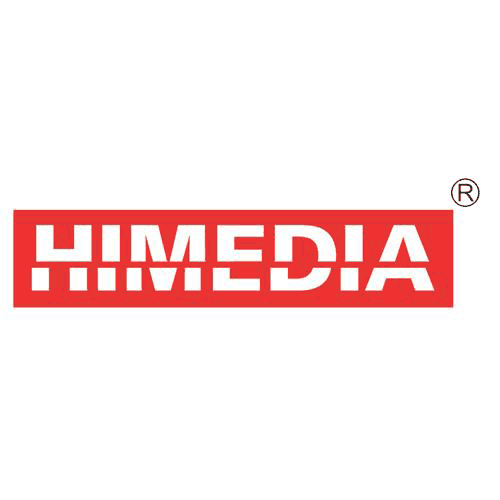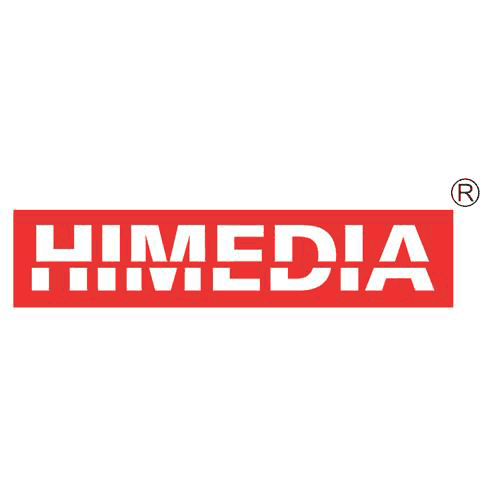Baird Parker Agar was developed by Baird Parker from the Tellurite-glycine formulation of Zebovitz et al for isolation and enumeration of Staphylococci in food and other material since it allows a good differentiation of coagulase positive strains. A high correlation has been found between the coagulase test and the presence of clear zone of lypolysis in this medium, which is due to the lecithinase of Staphylococci that breakdown, the egg yolk. On the other hand, studies show that almost 100% of coagulase positive Staphylococci are capable of reducing tellurite, which produces black colonies, whereas other Staphylococci cannot always do so. The medium was found to be less inhibitory to Staphylococcus aureus than other media at the same time being more selective. Subsequently the use of Baird-Parker Agar was officially adopted by AOAC International (7) and is recommended in the USP for use in the performance of Microbial Limit Tests. Recently, ISO committee has also recommended this medium for the isolation and enumeration of Staphylococci. The identity of Staphylococcus aureus isolated on Baird-Parker Agar must be confirmed with a coagulase reaction. Baird-Parker Agar can also be used to detect coagulase activity by adding fibrinogen plasma. Fibrinogen Plasma Trypsin Inhibitor supplement (FD195) dissolved in 10 ml sterile distilled water added to 90 ml sterile molten media kept at 45-50°C. On this medium coagulase positive colonies appear white to grey-black surrounded by an opaque zone due to coagulase activity within 24-48 hours incubation at 35°C. Reduction in tellurite is necessary because of absence of egg yolk emulsion. This results in translucent agar and white to grey coloured colonies of Staphylococci. For quantitative results select 20-200 colonies. Count Staphylococcus aureus like colonies and test them for coagulase reaction. Report Staphylococcus aureus per gram of food. Smith and Baird-Parker found that the addition of 50 mg/l Sulphamethazine in the medium, suppresses the growth and swarming of Proteus species . Casein enzymic hydrolysate, peptic digest of animal tissue, beef, meat and yeast extract are sources of nitrogen, carbon, sulphur and vitamins. Sodium pyruvate not only protects injured cells and helps recovery but also stimulates Staphylococcus aureus growth without destroying selectivity. Lithium chloride and potassium tellurite inhibit most of the contaminating microflora except Staphylococcus aureus . The tellurite additive is toxic to egg yolk-clearing strains other than S. aureus and imparts a black color to the colonies. Glycine, pyruvate enhances growth of Staphylococcus . With the addition of egg yolk, the medium becomes yellow, opaque. The egg yolk additive, in addition to provide enrichment, aids in the identification process by demonstrating lecithinase activity (egg yolk reaction). A clear zone and grey-black colonies on this medium are diagnostic for coagulase positive Staphylococci. Upon further incubation, an opaque zone is developed around colonies, which can be due to lipolytic activity. When testing the medium, inoculate the material to be examined (0.1 ml per plate of diameter 90-100 mm), incubate at 37°C and take the first reading after 24-26 hours. The colonies of Staphylococcus aureus are black and shiny, with a fine white rim, surrounded by a clear zone. Incubate at 37°C for another 24 hours and perform the coagulase test on the colonies with the above characteristics, which have developed during the further incubation period. Plates should be used on the same day of preparation or within 48 hours, to avoid the loss of definition in the precipitated zones. The basal medium, without the egg yolk or the tellurite, is perfectly stable. Colonies of some contaminating organisms may digest the coagulase halo reaction. Other bacteria may grow on this media but biochemical test will differentiate coagulase positive Staphylococci from the other organisms. Storage and Shelf-life: Store below 30°C in tightly closed container and prepare fresh plate medium for best results. Use before expiry date on the label.
- UPC:
- 51281655
- Condition:
- New
- Availability:
- 3 Days
- Weight:
- 1.00 Ounces
- HazmatClass:
- No
- WeightUOM:
- LB
- MPN:
- M1140-5KG















